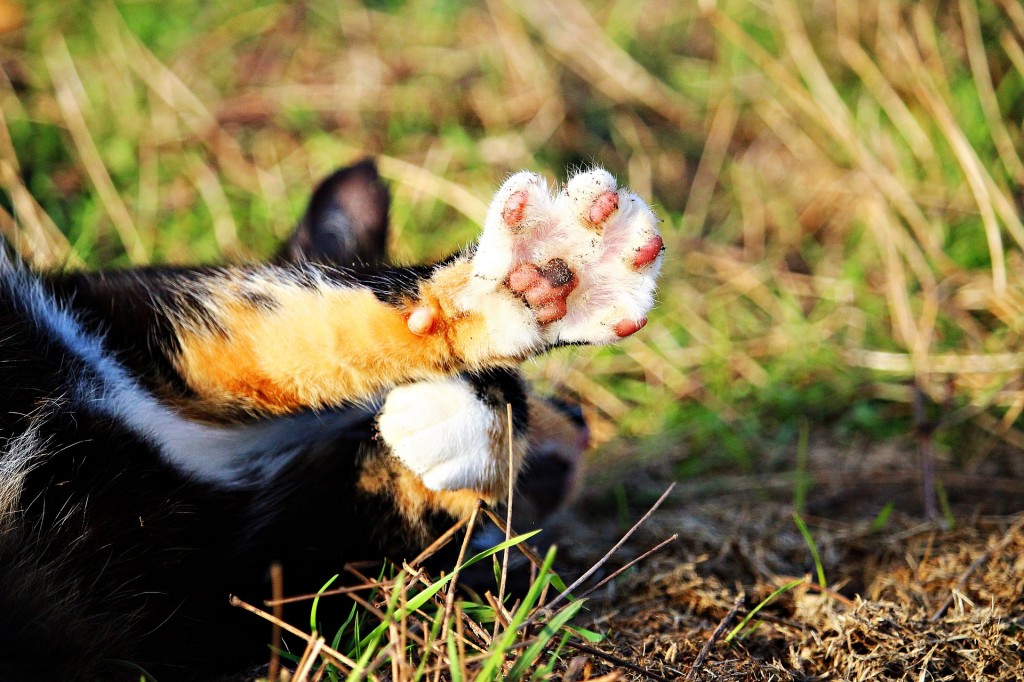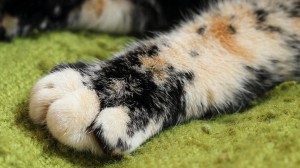A Cat’s Need to Knead

 Do cats really need to knead? This question abounds with as many ideas, theories and suppositions as answers, and yet it remains an endlessly fascinating topic for feline aficionados.
Do cats really need to knead? This question abounds with as many ideas, theories and suppositions as answers, and yet it remains an endlessly fascinating topic for feline aficionados.
While not all cats knead, most cat guardians know a “knead” when they see or feel one. That unmistakable motion cats make by rhythmically alternating their front paws, pushing in and out against a soft, pliable object such as a lap. And not every cat kneads the same way. Some push out their claws, some don’t, and some even use all four of their paws.
Cats begin kneading as kittens, doing so instinctively to help stimulate the production of their mother’s milk. Why then, do they continue this behavior long after being weaned? Some animal behaviorists believe that adult cats forever associate the motion of kneading with the rewarding comfort of nursing.
 When a cat is curled up and kneading your lap as you pet her, this is her way of returning the affection and “saying” that she loves you too. If, however, her kneading grows increasingly intense and rather painful, either insert a soft pillow between your lap and your cat, or gently roll her onto her back and pet her belly instead. But, to better ensure your mutual comfort, keep your cat’s nails closely trimmed or cover them with specifically designed nail guards.
When a cat is curled up and kneading your lap as you pet her, this is her way of returning the affection and “saying” that she loves you too. If, however, her kneading grows increasingly intense and rather painful, either insert a soft pillow between your lap and your cat, or gently roll her onto her back and pet her belly instead. But, to better ensure your mutual comfort, keep your cat’s nails closely trimmed or cover them with specifically designed nail guards.
Following a brief nap or a longer snooze, cats will vigorously “work out” any of the “kinks” in their bodies that result from remaining in one position for too long. Kneading is also one of the many ways they keep themselves supple and limber.
In the wild, the ancestors of today’s felines favored lying down on soft, comfortable surfaces both to sleep and to give birth to their young. By pressing or kneading down tall grasses or leaves, they created a natural cushion for themselves that not only allowed them the comfort they sought, but also afforded them protection from unwelcome visitors lurking nearby.
Being territorial creatures, one of the ways cats safeguard their purr-sonal space is to scent mark it. By kneading their paws into the surface of any given area, they’re activating the scent glands located inside the soft pads on the bottom of their paws, thereby marking that area as theirs.
Females are famous for kneading their paws just before going into estrus or “heat.” The very act of kneading alerts males on the prowl that they both want and are able to mate.
And so, whatever the reason or rationale, assumption or answer, it appears that cat kneading is natural, instinctive, and commonplace.
